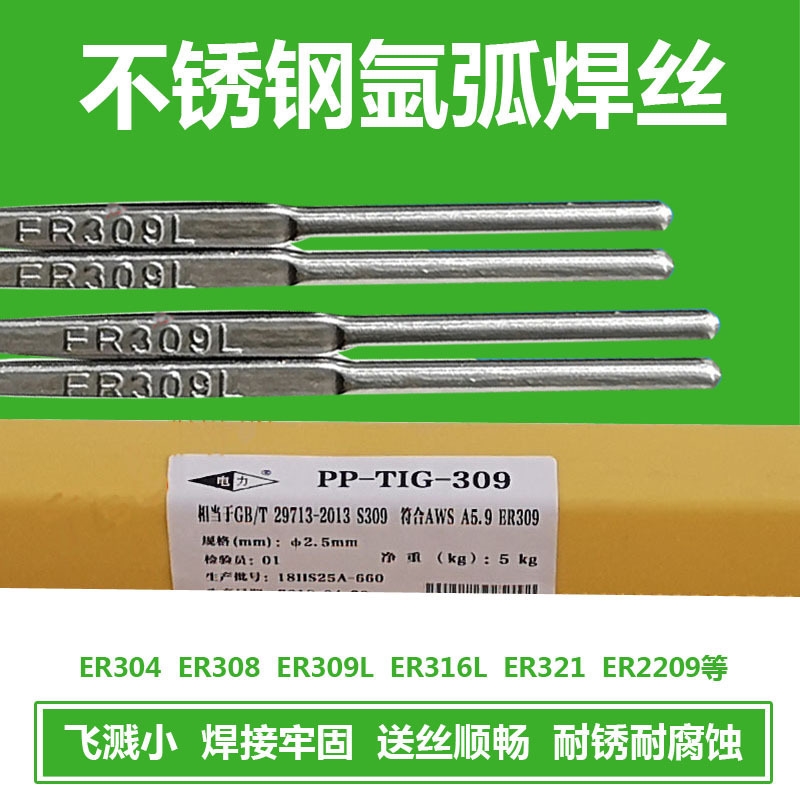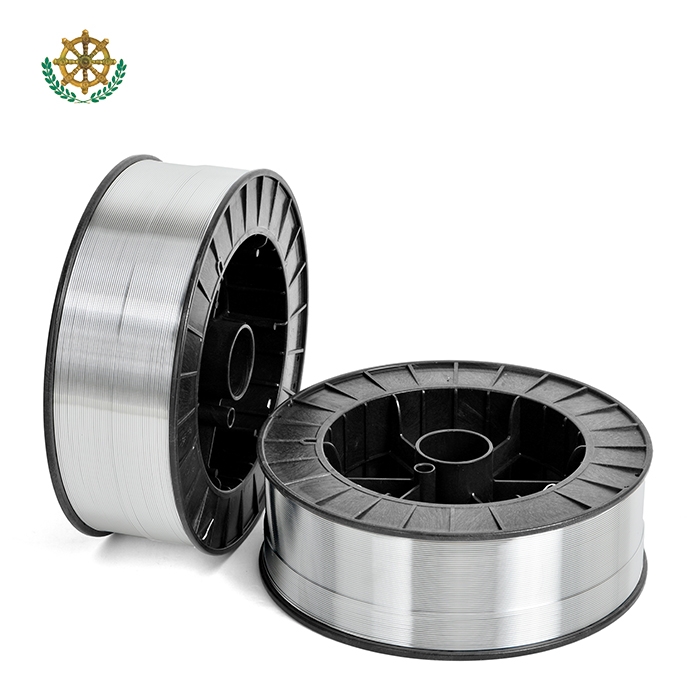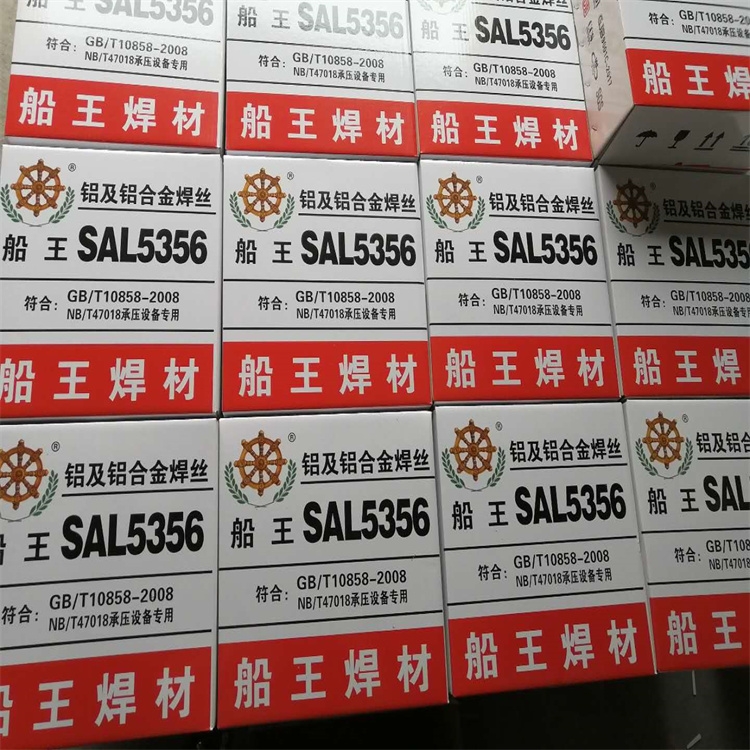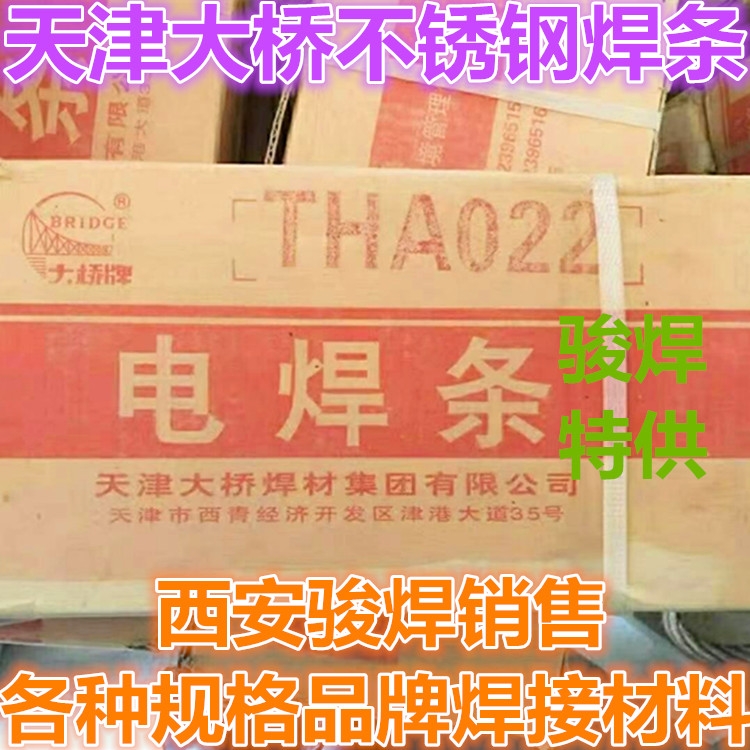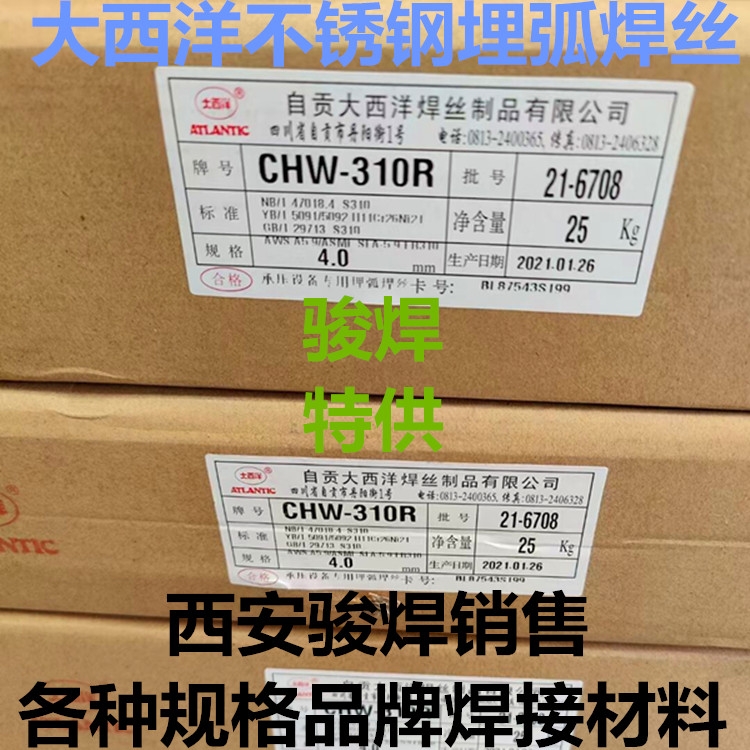Description
Signal modules are the interface of the SIMATIC S7-300 to the process. The multi-facetted module range of S7-300 allows modular customization to suit the most varied tasks.
S7-300 supports multi-facetted technological tasks and offers exhaustive communication options. Apart from the CPUs with integrated functions and interfaces, there is a wide range of special modules in S7-300 design for technology and communication.
Benefit
The sensors/actuators are connected through front connectors. These are available for the following connection methods:
When a module is replaced, the connector is simply plugged into the new module of the same type; the wiring is retained. The coding of the front connector avoids mistakes.
Connection with SIMATIC TOP connect is even simpler and faster (not for the onboard I/O of the compact CPUs). Preassembled front connectors with single cores and a complete plug-in modular system comprising a front connector module, connecting cable and terminal block are available.
The high number of channels on the modules provides for the space-saving design of the S7-300. Modules are available with 8 to 64 channels (digital) or 2 to 8 channels (analog) per module.
The modules are configured and parameterized using STEP 7, and there are no inconvenient switch settings to be made. The data are stored centrally and, following module replacement, they are automatically transferred to the new module so that no setting errors can occur. No software upgrade is required when using new modules. A configuration can be copied as often as required, e.g. for standard machines.
Design and functions
A host of different digital and analog modules provide exactly the inputs/outputs required for each task.
Digital and analog modules differ as regards the number of channels, voltage and current ranges, electrical isolation, diagnostics and alarm functions, etc.
In all the module ranges named here, SIPLUS components are also available for extended temperature range -25…+60°C and aggressive atmosphere/condensation.
Diagnostics, interrupts
Many modules additionally monitor signal acquisition (diagnostics) and the signals from the process (process interrupt). This makes it possible to react immediately to process errors, e.g. wire breaks or short circuits, and any process event, e.g. rising or falling edge at a digital input. The response of the controller can easily be programmed with STEP 7.
Special modules
For test and simulation, the simulation module can be plugged into the S7-300. It enables simulation of encoder signals via switches and indicates output signals via LEDs.
The module can be plugged in anywhere regardless of slot rules. The dummy module reserves a slot for an unconfigured signal module. When the module is installed later, the mechanical configuration and address assignment of the overall configuration remain unchanged.
中国第一汽车股份有限公司(“中国一汽”)研发中心是中国汽车行业最大的研发、测试及检验机构,是原设备制造商中国一汽集团以及中国政府的重要技术中心之一。公司重点开发商用车和汽车零部件,工程专业知识覆盖整个汽车开发周期。
中国一汽研发中心给智能网联车研发部下发建立研发功能,研发智能汽车的任务,这是“中国制造2025”的重要技术发展方向。驾驶功能的电气化和自动化的驾驶,增加了系统复杂性,并需要在前期验证控制器。
目前智能网联汽车是国内外厂家研发的热点,相关技术在同步研发推进,是国内汽车厂家追赶国际知名汽车厂家的一次契机。不过,设计先进汽车需要使用先进开发技术,这对中国一汽智能网联车研发部而言是一大挑战。
实施基于模型的系统工程
中国一汽网联车研发部当时正在寻找具有整车建模(包括实时和在线物理建模及控制开发)经验的供应商。此外,他们还想改进开发流程,并希望能找到一个愿意与其共享知识和方法的合作伙伴。
中国一汽网联车研发部科室主任郑磊博士表示,“一方面,我们需要开展整车模型离线仿真,以分析车辆性能,并满足对硬件在环(HIL)测试平台实时仿真的需要;另一方面,我们还需要一个技术合作伙伴提供技术转让服务,增加我们的内部知识。”
通过使用Simcenter Amesim?软件 – Siemens PLM Software提供的Simcenter组合的一部分 – Simcenter工程服务为中国一汽提供了最新工具和方法。Simcenter Amesim支持基于模型的系统工程(MBSE),帮助用户按照车辆开发不同阶段的需求创建不同复杂程度的模型。中国一汽不仅在Simcenter Amesim内开发了高度精确的离线仿真模型,而且还能在大量实时仿真情景中使用这些模型 ,从而能够进行混合硬件在环(HIL)测试、控制验证及模型验证。
郑博士表示,“Simcenter Amesim提供了一个易用、开放的开发环境,在不同部门之间甚至在各部门和供应商之间实现联合建模和有效部署,尽管整个开发过程不同阶段的模型复杂程度各不相同,它仍然确保了模型的一致性。”
除软件许可之外,Simcenter工程服务团队还提供技术转让。在整个协同过程中,Simcenter工程服务团队就如何将相同方法用于其它情景为中国一汽员工提供培训,使其集成为中国一汽标准设计过程的一部分。郑博士对此大加赞赏,“Simcenter工程服务团队能够认真了解客户的需求,与客户分享他们的最新技术,定期邀请国内外专家举行讲座和技术交流,善于为客户着想。Simcenter工程服务的技术能力得到中国一汽项目团队的高度认可。
无缝协作
中国一汽网联车研发部与Simcenter Engineering工程服务团队无缝协作,为与离线和实时仿真相关的先进车辆动力学分析搭建了一个可靠框架。
Simcenter工程服务团队帮助中国一汽采用虚拟方式验证车辆电控器(ECU),比如电动助力转向(EPS)、电子稳定程序(ESP)、防抱死制动系统(ABS)。首先,工程专家协助中国一汽定义过程,集成模型。利用Simcenter Amesim软件搭建发动机、传动系和动力系统的精确模型。然后通过广西销售西门子原装SMART模块ST30动画设置、创建并运行情景。定义了20多个要在HIL试验台上验证的情景,这些情景能够在虚拟仪表上实时显示。最后,在Simcenter工程服务团队的协助下,中国一汽开发了基于模型预测控制的(MPC)驾驶员模型,用于车辆轨线控制。该模型提供了一个系统性简化程序,用于设计非常复杂的多变量控制系统,能够自动生成道路和目标轨迹。
由于Simcenter Engineering工程师在为各个平台制定软件和硬件集成方案方面提供的出色指导和协助,公司现在能够运行不同硬件系统的模型。
充分利用Simcenter
通过使用广西销售西门子原装SMART模块ST30Simcenter Amesim并且利用Simcenter工程服务团队的专业知识,中国一汽为自主开发的一款车型完成了实时建模项目。中国一汽通过HiL仿真与测试进行整车控制器测试与故障诊断,减少了控制器开发时间,大大缩短了整车电控系统开发周期。
中国一汽网联车研发部各单位都用Simcenter Amesim来设计车辆系统,从而让系统集成、控制验证、HiL仿真以及模型验证变得更加容易。使用的Simcenter Amesim功能包括发动机高频模型、实时模型简化工具、用于模型交换和工具耦合的功能模型(FMU)接口等。
提升竞争力
长期以来中国一汽集团公司研发中心一直是中国HiL系统仿真和测试领域的领导者,始终致力于赶超国际先进水平。
郑博士表示,“通过使用Simcenter解决方案,我们能够自主建模,从而进一步提升了我们的竞争力。我们将继续与Siemens PLM Software这样的世界级供应商合作,不断推动产品和技术的发展。





















